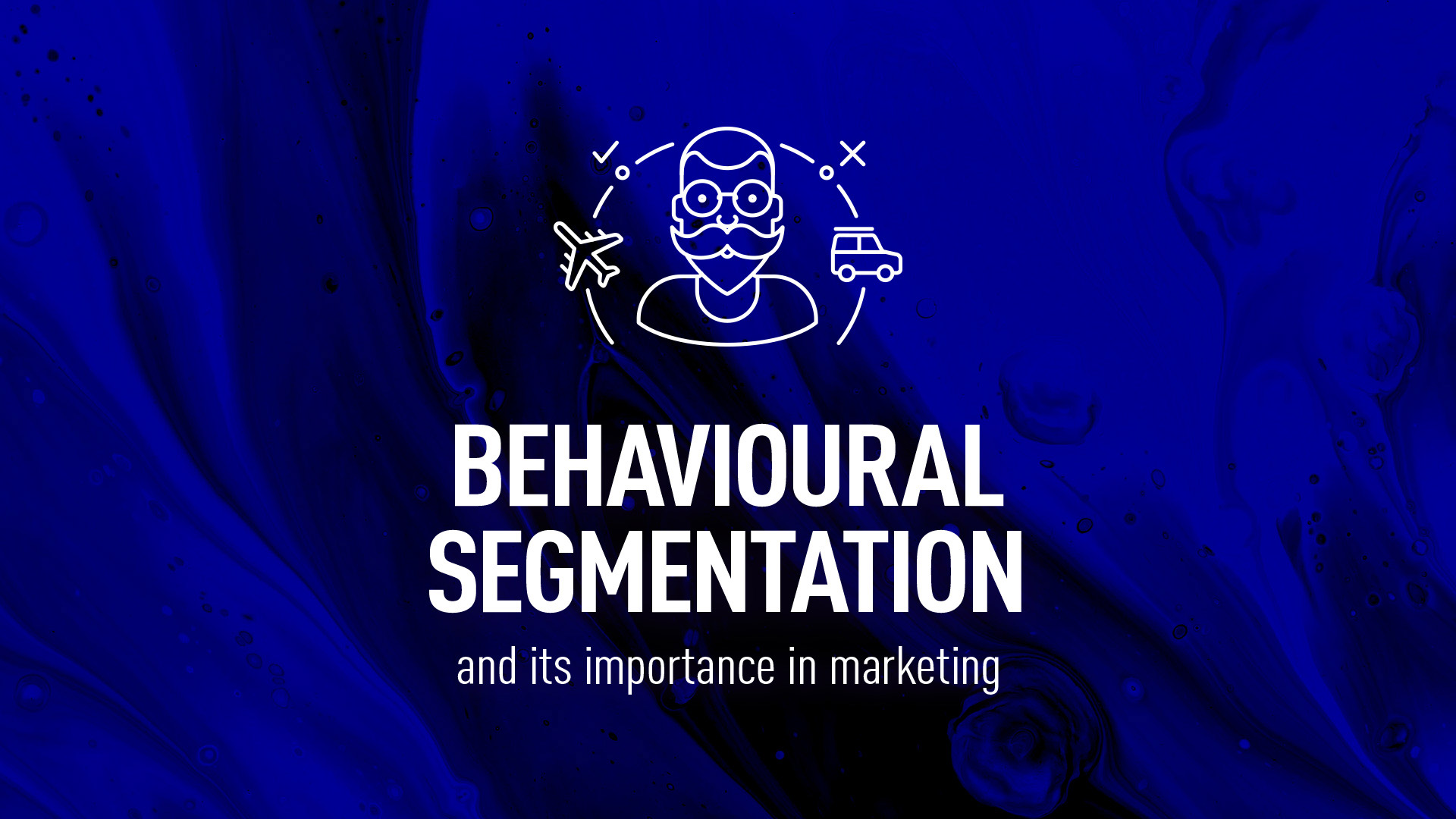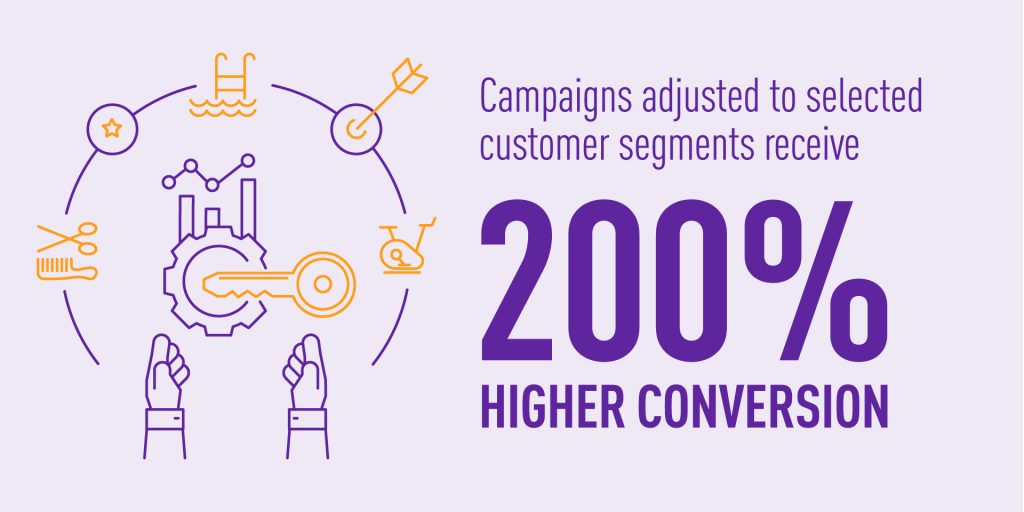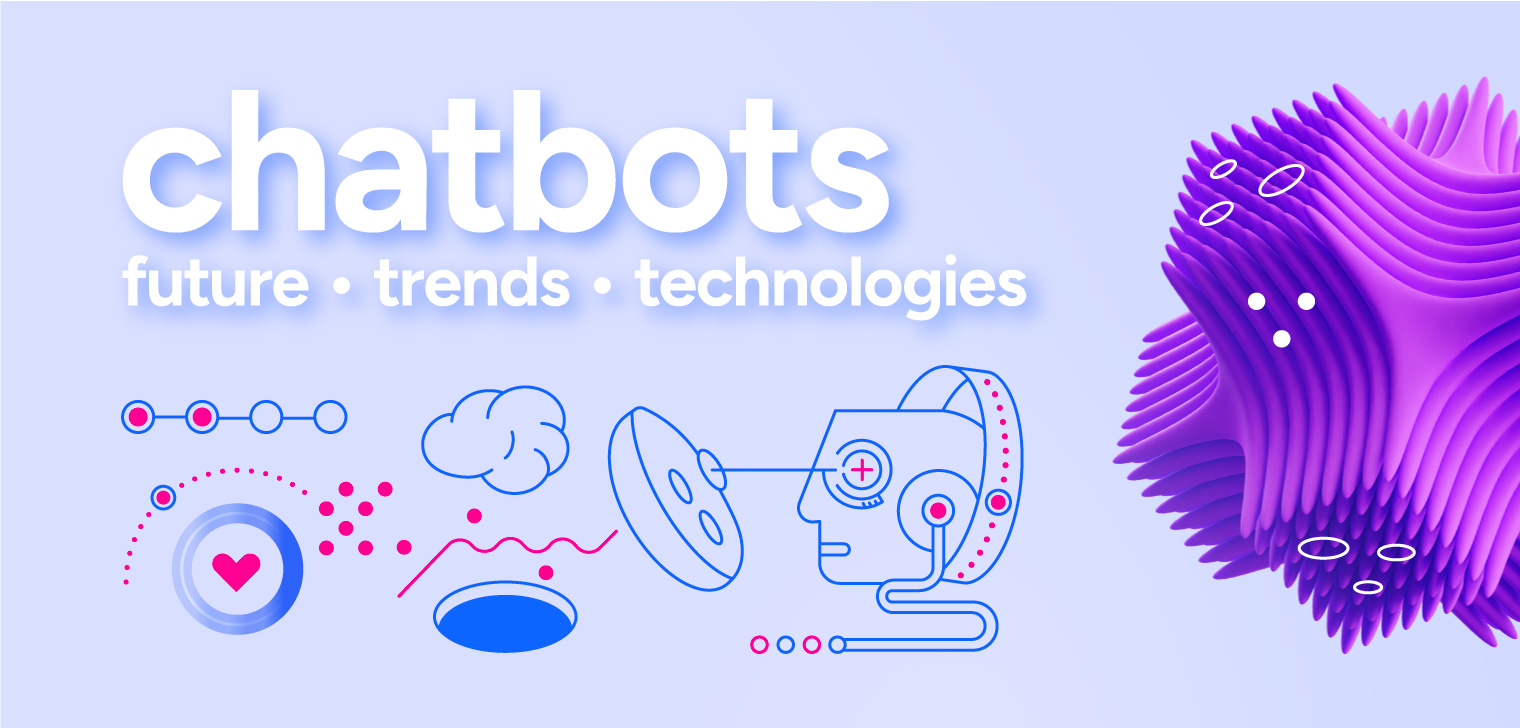Insights
- category:
The importance of behavioural segmentation in marketing

95% of customers are searching for more personalization in marketing. Hyper-targeting and perfectly crafted messages lie at the basis of increasing customers’ engagement. But if there’s one thing that could take marketing personalization to a higher level, it’s behavioural segmentation.
What is behavioural segmentation?
Behavioural segmentation is a process that groups customers based on their behaviour, such as purchasing habits or using services. It can be achieved by analyzing different customers’ paths and aligning them with various needs, wants, and patterns. Then, with the help of data analysis, several commonalities are identified, and target groups are defined.
While market segmentation encloses behavioural segmentation, it also includes data about customers’ demographics and psychographics. Behavioural segmentation focuses specifically on patterns of behaviour that customers show as they interact with brands and make purchasing decisions.
Behavioural segmentation is a process that groups customers based on similarities in their behaviour.
How to perform a successful behavioural segmentation?
There are several factors before making a decision a consumer takes into consideration. It is influenced by behavioural patterns, and that’s why marketers can send them perfectly tailored messages. When segmenting customers look mostly at below behaviours:
- Readiness to purchase,
- Loyalty level,
- The frequency of interactions with your brand,
- Benefits sought.
Understanding purchasing habits, usage habits and spending habits (time, money, and other resources) is the most important for marketers. It helps with better personalization, more refined marketing decisions, more effective A/B tests, and, in the end, more successful campaigns.
Segmentation helps with creating a buyer persona of consumers and targets them with offers. You can look at:
- Behaviour at the site (page views, site search keywords, what content was interesting),
- Browsing history (visited pages, searched information),
- Purchase history (a new/regular visitor, how much was spent last time on the site, which products, etc.),
- Data entries,
- Data from surveys,
- A device your customers are using (mobile, tablet, Android/iPhone user, a Mac/Windows user),
- Customers’ location (based on IP).
After gathering insights about your customers, you can start creating their segmentation. One of the first steps is preparing different marketing communication or personalized offers for each category.
Understanding your customers
To run a successful marketing campaign, you need to understand your customers. Taking the time to use behavioural segmentation and preparing personalized content can satisfy your customers’ needs. To really understand this method and achieve such a goal, we should focus on six types of behavioural dimensions.
Purchasing behaviour
Purchasing behaviour is different for each consumer and can be challenging to quantify. But when you take time to thoroughly understand the various reasons why your customers are purchasing the given product, it can give you great insight into what motivates them. Also, you can use such data to support customers’ buying decisions and focus their attention on your products.

There are four primary types of buying behaviour described by Henry Assael, professor of marketing at NYU:
- Complex – when a customer is actively shopping and searching for the best option on the market,
- Variety Seeking – when a customer is satisfied with purchase but is open to other options,
- Dissonance Reducing – when a customer is confident with purchase but thinks there is something better out there,
- Habitual – when a customer is already loyal to the brand and isn’t considering other options.
Occasional purchasing
Purchasing that depends on different occasions is nothing unusual among customers. It is also a very effective behavioural segmentation tool. Understanding customers’ behaviour over the days, months, and years can help you follow seasonal trends and increase your sales results. Occasions can be divided into three subcategories:
- Universal occasions that apply to the majority of customers, i.e. during the holiday season,
- Regular-personal occasions that apply to an individual customer based on their personal life, i.e. anniversary flowers or a morning coffee every day,
- Rare-personal occasions that are not as easy to predict, i.e. vacation or someone’s wedding.
Customer usage
Such segmentation focuses on the frequency of one’s customer purchasing. It’s useful to identify your heavy, medium, and light customers for more effective marketing.
- Heavy customers are the ones that spend the most time with your offering and use it regularly. They are the people who are most loyal to your brand and most likely to make purchases from your brand again. They need special treatment and attention.
- Medium customers are the ones that sporadically use your products or services. They turn to it occasionally but don’t use it regularly. They focus mostly on special promotions.
- Light customers are the ones that rarely use your products or services. They may be special-occasion customers, one-time users, or variety-seeking customers. They can be encouraged in various ways, such as first-timers discounts.
Expectations
Dividing people by their needs and expectations is another type of behavioural segmentation. It focuses on what they want at the exact time. While customers in a particular segment might all buy the same product, they probably do it for very different reasons. Each customer is different, but you can try to adjust to their needs based on their gender, the place where they’re looking for the product, or their previous purchases.
For example, different women in their twenties might buy the same model of running shoes, but some of them choose them for running, and some wear it as every day sneakers. While preparing marketing campaigns focused only on running benefits, you would miss the opportunity to engage those looking for a comfortable sneaker.
Loyalty gauge
Customers’ level of loyalty to your product or service is another way of segmentation. Understanding who your loyal customers are, their buying habits, or their needs are the key ingredients to personalized campaigns that can boost their engagement.
Customers’ loyalty is strongly related to other behavioural segments, such as purchasing behaviour, usage, and timing. The difference is that regular customers are continually in need of your product or service, while loyal customers regularly purchase your product or service.
Loyalty-based behavioural segmentation helps you focus on keeping existing customers, not acquiring new ones.
Buying stage
The last category we need to take under consideration is our customers’ status. We can divide our customers into below groups:
- Non-users that have never heard of your brand,
- Prospects that know who you are but aren’t sure what they want to choose,
- First-time buyers that decided on your product for the first time,
- Regular users that use your products regularly,
- Defectors that were once customers but now are often turning to your competition.
Knowing your customers’ status will help you adjust your company’s communication for better personalization and encourage engagement more effectively.



